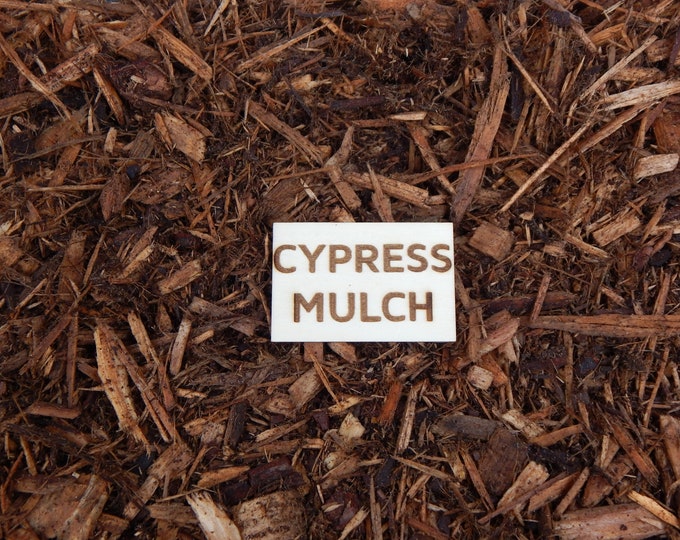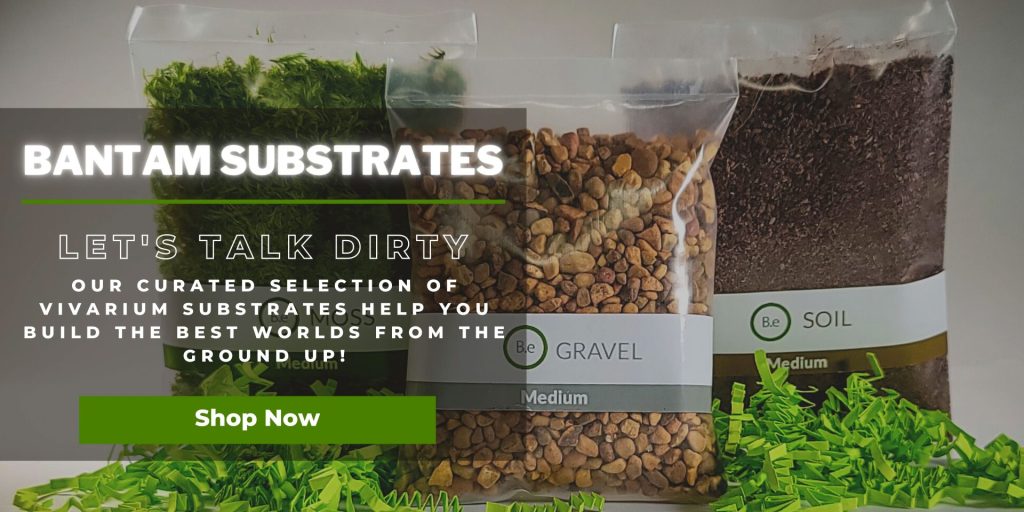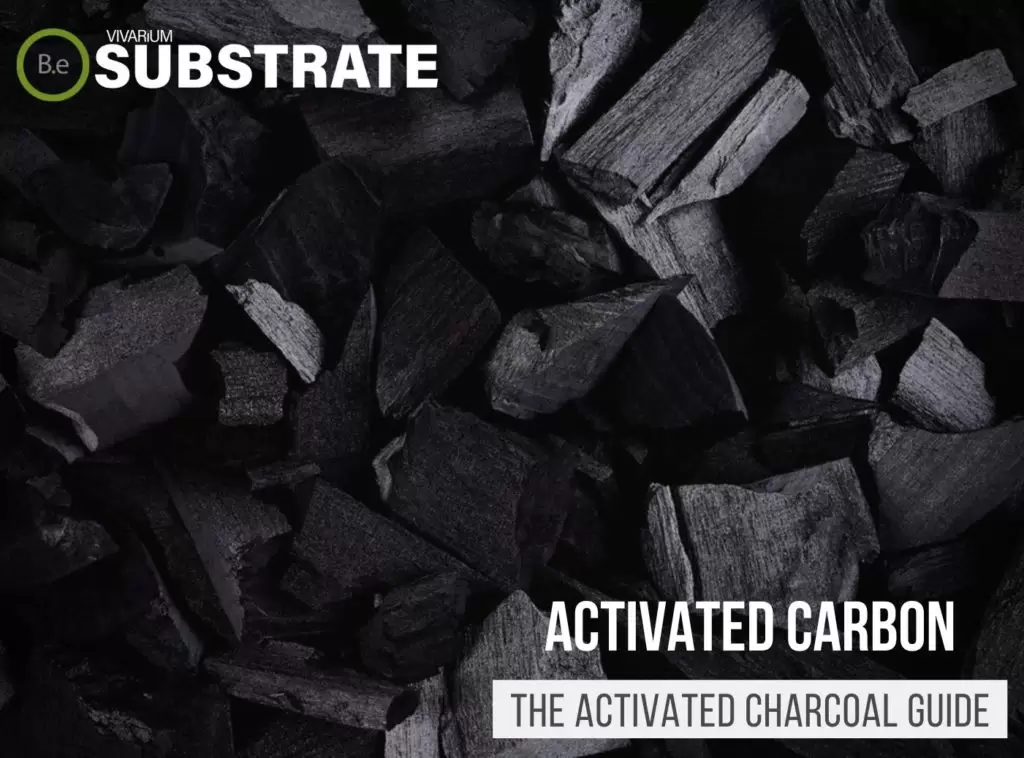Cypress mulch is a great substrate for terrariums and other various types of vivariums.
It is made from the dried and shredded bark of cypress trees and can be used both in aquatic as well as terrestrial environments.
In addition to its natural aesthetic appeal, cypress is also a great addition to substrate mixtures due to its innate benefits which include water retention, aeration, and promoting microbial breakdown.
In this article, we’ll provide a full guide on what this mulch is, where it comes from, and how to use it in your vivarium.
Table Of Contents:
ToggleWhat Is Cypress Mulch?
Cypress mulch is a byproduct harvested from the outer crust of cypress trees.
It is made up of small wood shavings, bark chips, and bark dust which are then dried and shredded.
Scientifically known as Cupressus, the name was derived from the Greek word “kyparissos” meaning “cypress tree”.
This mulch is often referred to as cypress bark and occasionally cypress wood.


Cypress Mulch Facts
Cypress mulch is made from the bark of cypress trees that grow in southeastern North America, as well as in California.
They grow orange-red colored cones that contain small, round seeds.
The trees require moist soils throughout the year, and their bark is naturally thick to protect them from climate conditions and pests.
They are also resistant to rot and can live up to 600 years.
Description
Cypress mulch is a reddish-brown color and is sold in various forms including shredded mulch, bark chips, and dust.
As it breaks down, it reveals the inner furrows of the bark.
It can come in several sizes including medium (1 to 2 inches) small (.5 to 1.5 inches), mini (.25 to .5 inches), and finely shredded (under .25 inches).
Habitat
Cypress trees are native to southeastern North America and California.
They thrive in moist soils and grow best in subtropical climates with temperatures ranging from 65°F to 75°F and even cooler temperatures in the winter.
Environmental Influence
Cypress mulch is slightly acidic, with a pH range of 4.0 to 5.5.
This is perfect for plants, as most prefer a slightly acidic environment for optimal growth.
As it decomposes, the nutrients will leech out of the mulch and into the soil, helping to promote root aeration, water retention, and nutrient uptake.
Vivarium Type
Cypress mulch is a great choice for almost any type of vivarium.
Because it is non-toxic, it can be used in both aquatic and terrestrial environments.
In aquariums, it should be mixed in with other substrates to promote aeration and retain moisture.
In terrariums and vivariums, it can be mixed in with other substrates or used as a standalone substrate and will help to maintain a slightly acidic environment where both plants and animals can thrive.
Here is a recommended list of vivarium types compost is commonly used in:
-
- Paludariums – Half aquatic/ half terrain-based enclosure.
-
- Terrariums – Fully terrain-based enclosures with little to no aquatic features.
-
- Aquariums – Fully aquatic-based enclosure with no terrain features.
Vivarium Usage
Cypress mulch is perfect for terrariums and vivariums.
When used in aquariums, it can help reduce the flow of water and allow to slow the rate of water evaporation.
It can also be used as part of substrate mixtures to help increase water retention and microbial activity.
When used in terrariums and vivariums, it can help to maintain a slightly acidic environment, providing optimal growth conditions for most plants.
Additionally, it makes an excellent substrate for burrowing animals, as it is both absorbent and cushioned.
Advantages
Cypress mulch has many benefits when used in terrariums and vivariums.
It is lightweight yet absorbent, which makes it great for burrowing animals.
It retains water and helps to maintain moisture levels in the substrate, even after extended periods of time.
In addition, it helps to aerate the soil and promote microbial breakdown, creating an ideal environment for plants and animals.
Disadvantages
One of the main disadvantages of cypress mulch is that, as it decomposes, the pH levels of the substrate can drop.
This can make it difficult for plants to absorb nutrients and can also cause nitrogen levels to become depleted.
Additionally, cypress is not very nutrient-rich, so additional supplements may be necessary if no other part of the soil provides the rest of the necessary nutrients.
Buy Cypress Mulch
When buying cypress mulch, shop with companies that know how to properly process the compost.
Manufacturers should be open about how they maintain this material and where it is being harvested.
Always go with a company that is transparent about its practices and mindful of the environment.
Click the image below to find out more about the current price and other relative info:


Cypress Mulch Preparation & Tips
Cypress mulch is already shredded and ready to be used making it a great all-around substrate for a vivarium.
Although the particles are already small in size, some may opt to grind or break down the chunks even more if desired.
If you choose to do this, you can use a knife, hammer, or a tumbler to further break down the particles.
Cypress is denser when compared to other mulch types and won’t need additional weighting down when applied.
Whatever type of shaping tool you decide to use to finish the work should be done with care to ensure that the pieces still allow sufficient air and water to the roots.
Cypress Mulch Substitutes
As with any substrate, there are alternatives to cypress mulch that can be used in the same manner.
Some good examples are wood fiber mulch, pine straw, and coconut fiber.
Although slightly less absorbent than cypress, these substrates will still provide a good foundation for establishing a vivarium.
Be sure to weigh the pros and cons of each before making a final decision.
Conclusion
Overall, cypress mulch is an effective and attractive option for terrariums.
It is lightweight, long-lasting, and able to retain water, which makes for excellent drainage.
The natural look and range of particle textures and tones allow for great backgrounds and features.
While it is not without its cons, this mulch is certainly a viable option for all vivariums.
Frequently Asked Questions
Yes, cypress mulch is generally safe for reptiles. It creates a natural, attractive substrate that helps to maintain humidity and warmth in their enclosures.
It also won‘t rot or decompose over time, so it‘s a great long–term option for reptile bedding. However, it‘s important to make sure the mulch is chemical–free before using it for your reptile.
Yes, cypress mulch can help hold humidity due to its natural oils. Cypress mulch has a high amount of wood cellulose, making it ideal for improving moisture retention in the soil. Cypress mulch can also help with erosion control and prevent weeds from growing.
No, treated cypress mulch does not have mites. In fact, studies have shown that cypress mulch can actually help to repel mites, as well as other pests, thanks to its distinctive scent.
Yes, termites are attracted to cypress mulch and can infest houses and wooden structures when it is used as a landscaping mulch. Termites are attracted to the high cellulose content in cypress trees, so homeowners should be wary of using cypress mulch near wood structures.







